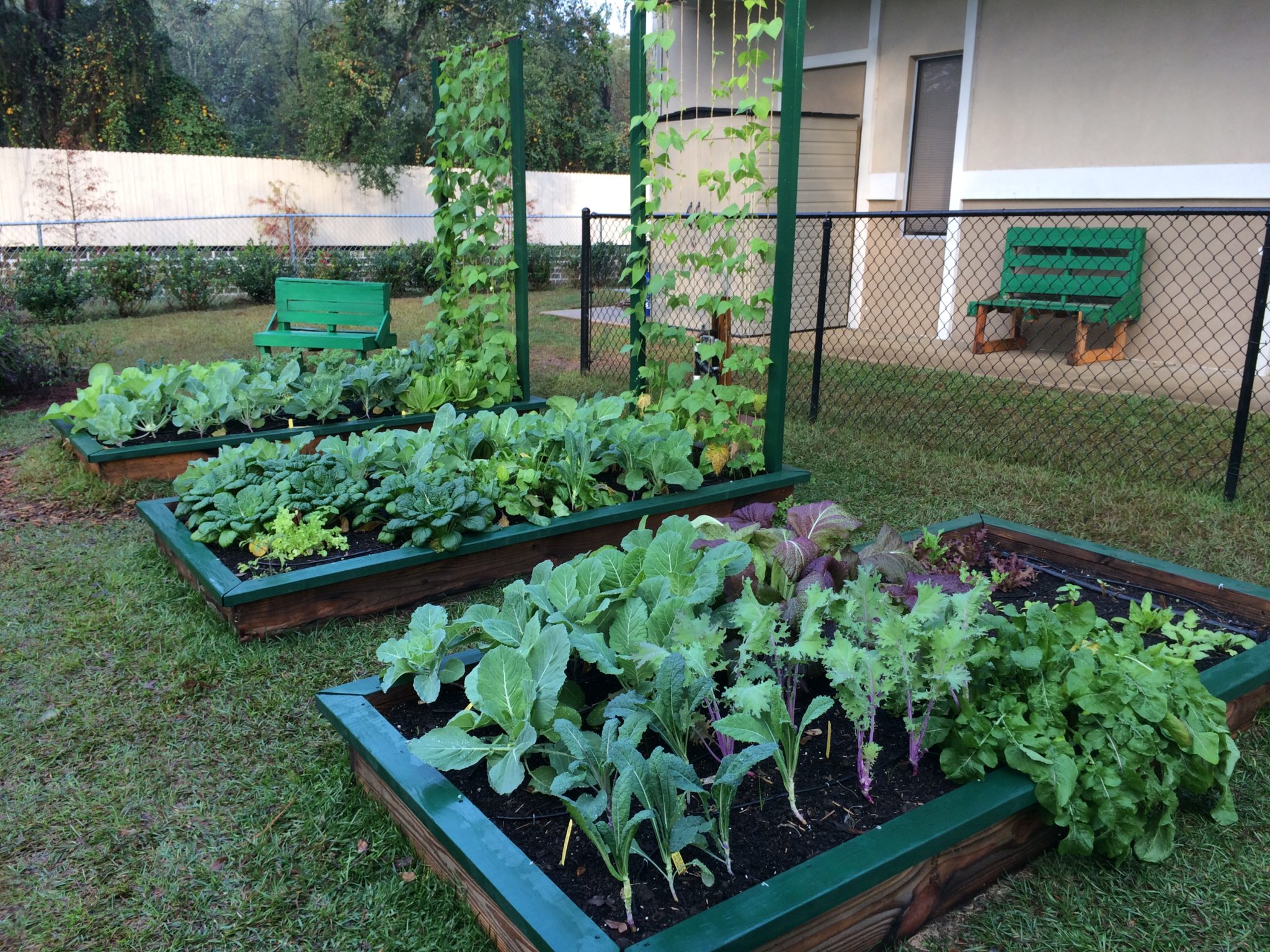Extending the Growing Season: Raised Beds

This series offers some common techniques that you can use to try to extend your growing season. Most of the methods help your soil stay warmer and protect your plants from harsh, cold winds. These techniques can be adopted one at a time, or you can use more than one simultaneously to try to achieve more success. When these practices are added on to others, they can have an even more protective effect. Keep reading for tips related to using raised beds.
Planting in raised beds can primarily help you extend your season in the spring so you can get started planting earlier. This is because the soil in raised beds tends to warm up faster. However, it’s not going to be very effective unless you use other methods alongside it. You can warm up soil in a raised bed faster with the addition of a hoophouse, row covers, or other methods. Do not use mulch in the spring, since it can delay soil warming when applied before warm weather hits.
If you have raised beds and you want to grow later into the fall, you should use any of the other season extension methods alongside it, including mulching, since it can help delay soil cooling after the warm summer and early fall weather. Make sure to add compost and some form of irrigation to your raised beds to increase water retention, since raised beds drain a lot faster than ground soil.
This article goes through some basic information that will be helpful to know as you make decisions about what season extenders will be best for your school’s garden. *Note: Mulching does not protect against freezes, contrary to popular belief.
